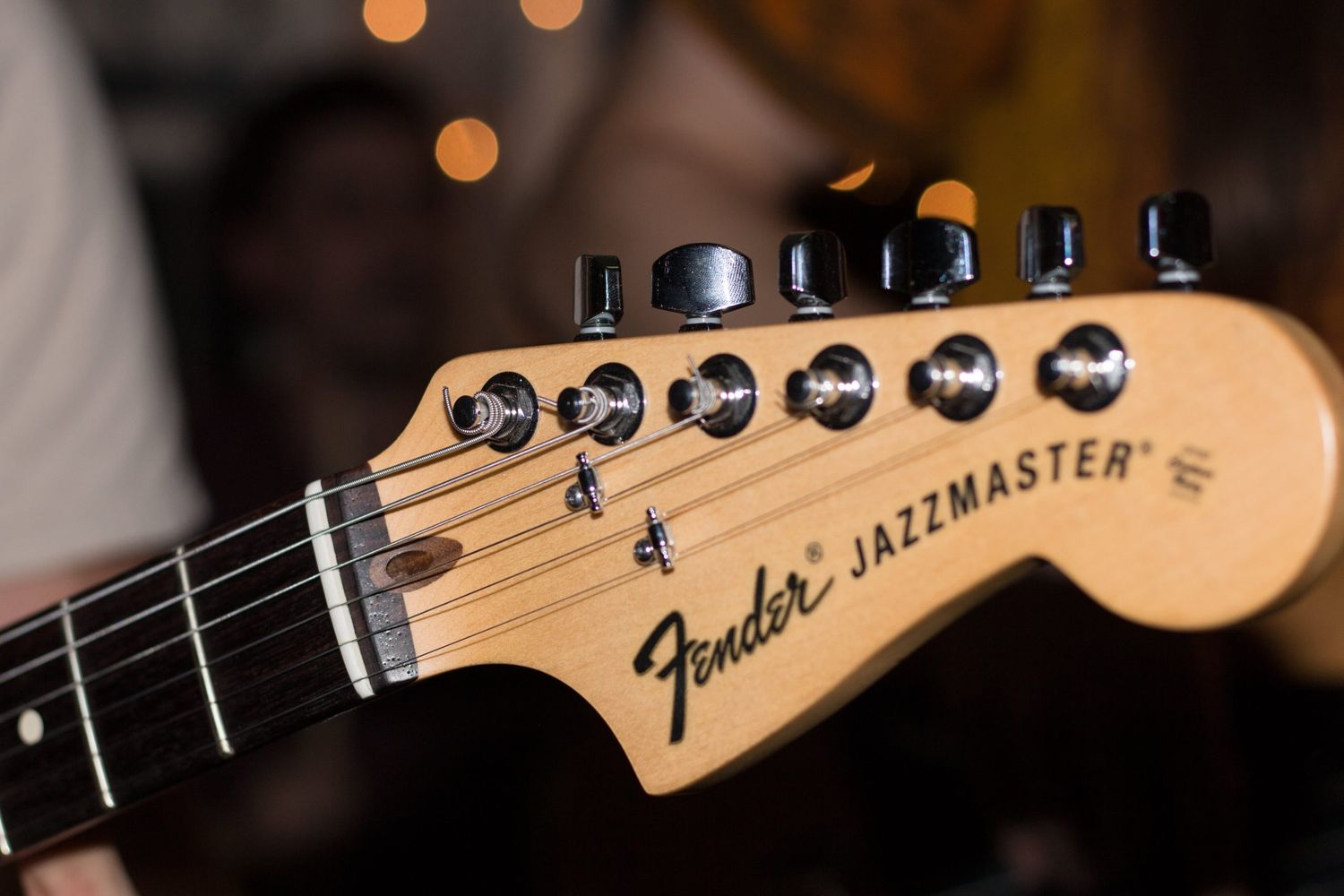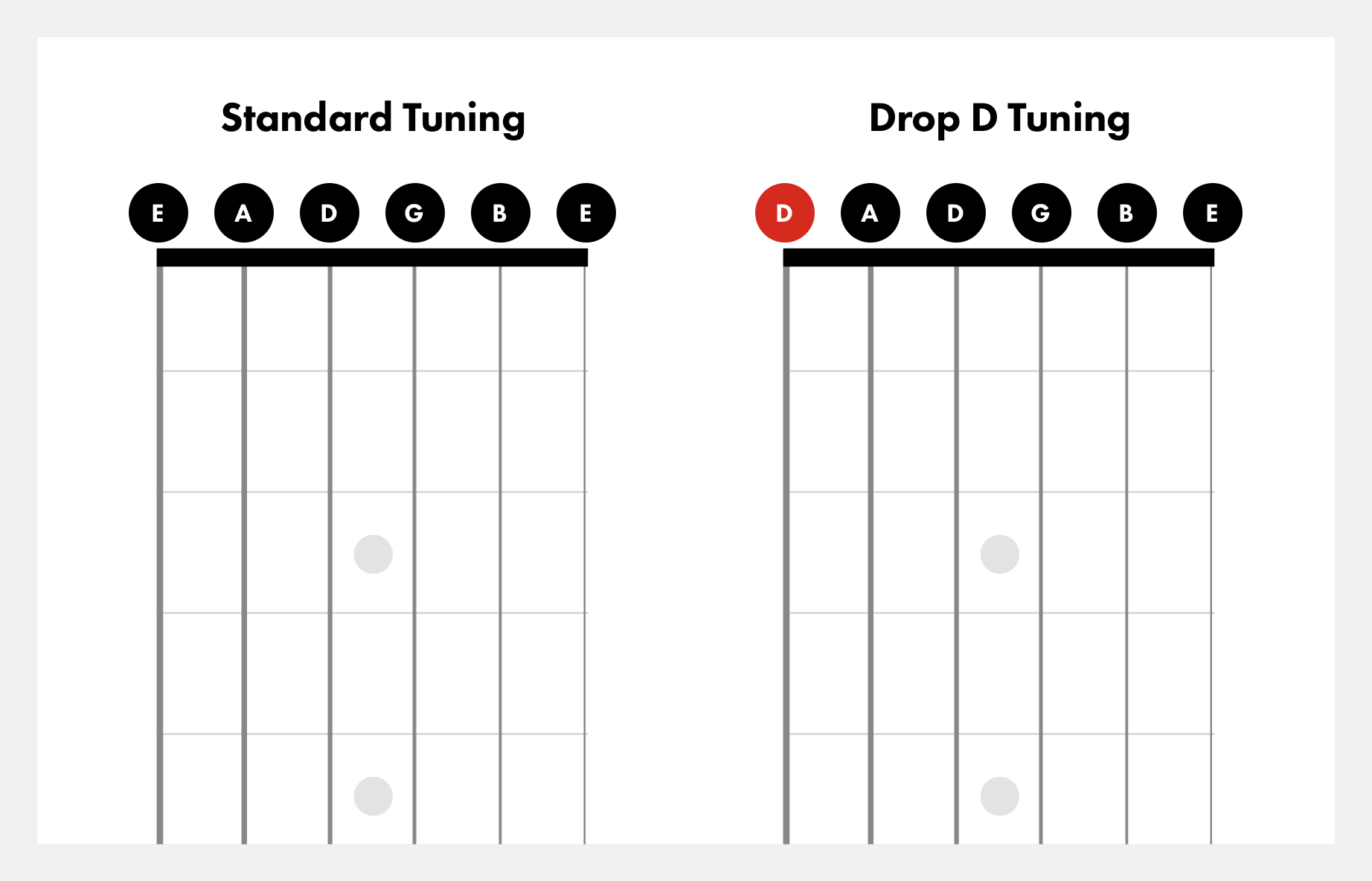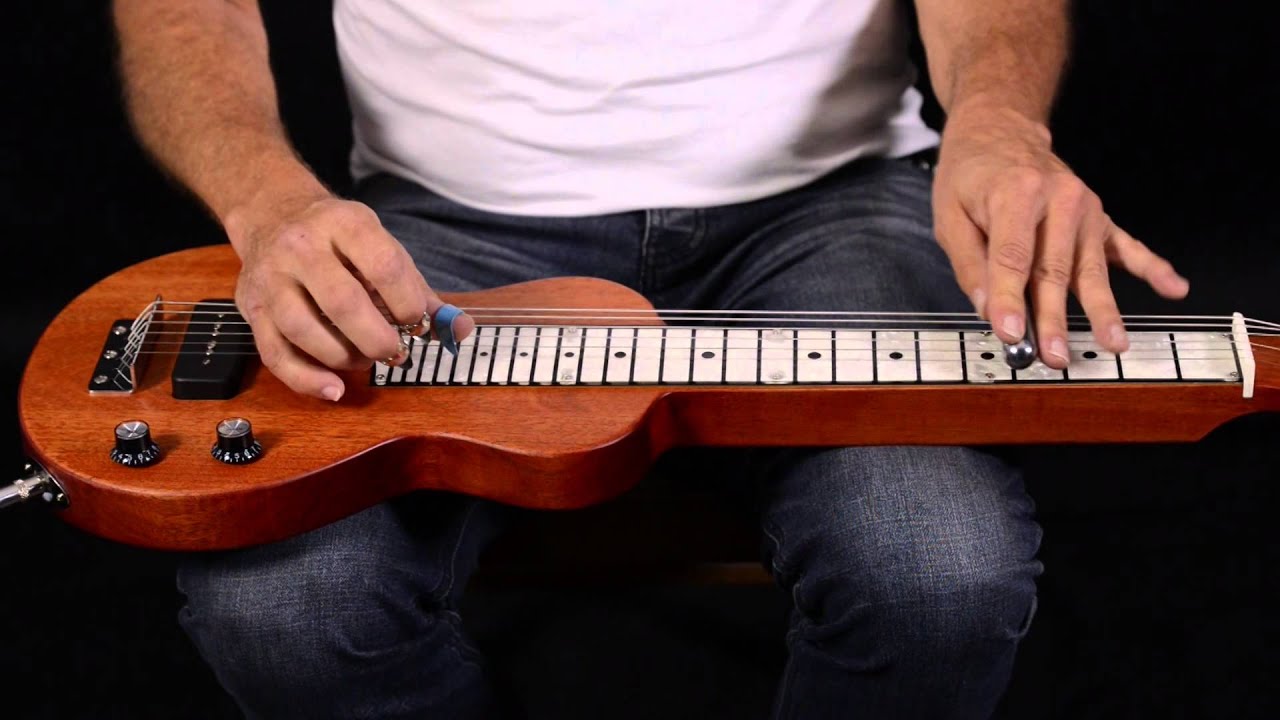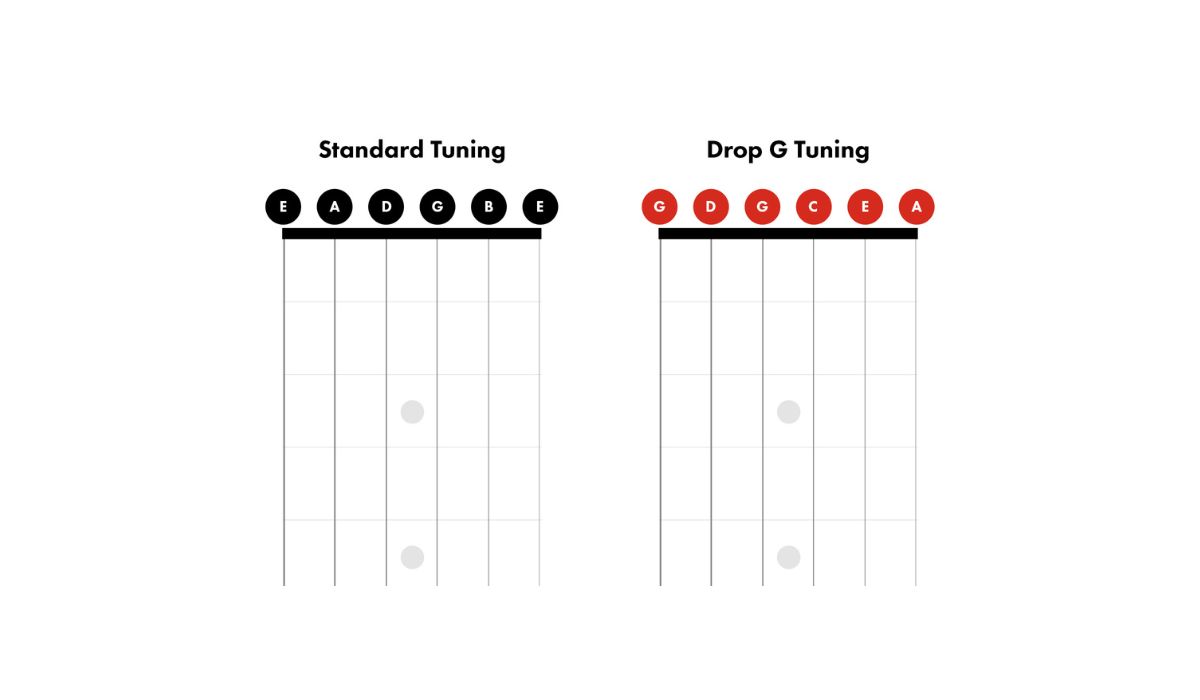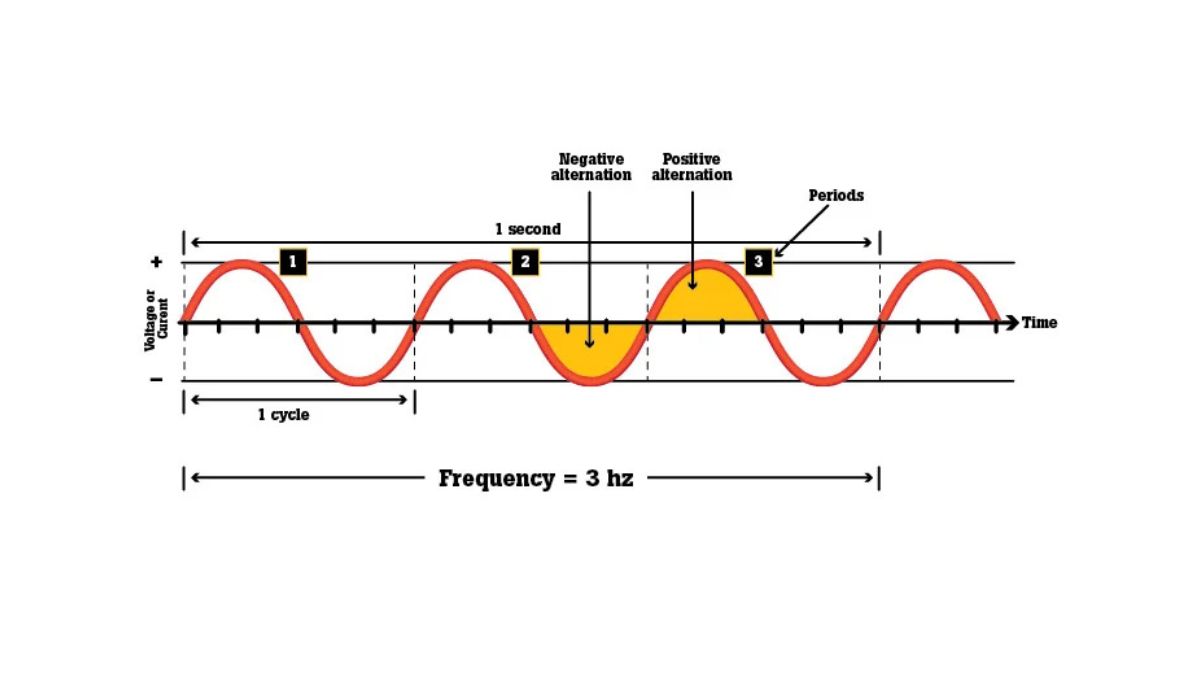Home>Instruments>Guitar>How To Tune A Guitar To 432 Hz
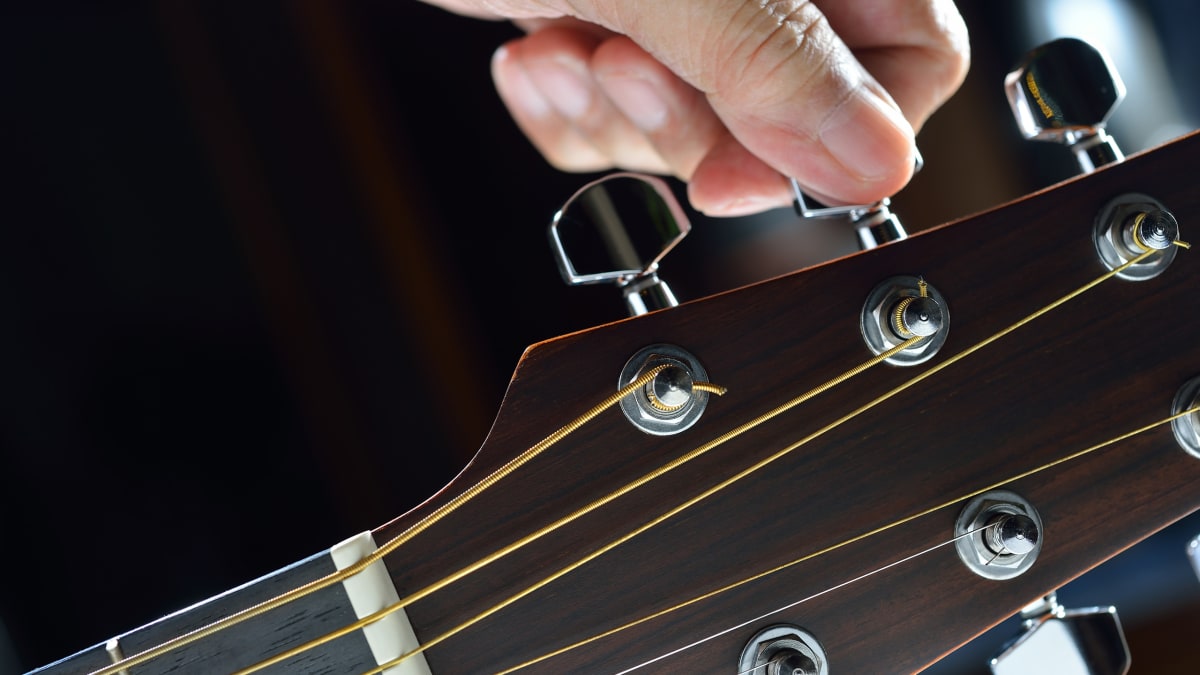

Guitar
How To Tune A Guitar To 432 Hz
Modified: February 18, 2024
Learn how to tune your guitar to 432 Hz for a unique and harmonious sound. Follow our step-by-step guide to achieve the perfect tuning.
(Many of the links in this article redirect to a specific reviewed product. Your purchase of these products through affiliate links helps to generate commission for AudioLover.com, at no extra cost. Learn more)
Table of Contents
Introduction
Understanding the Power of 432 Hz Tuning for Your Guitar
When it comes to tuning a guitar, the standard pitch is typically set at 440 Hz. However, there is a growing movement among musicians and music enthusiasts to explore the potential benefits of tuning instruments to 432 Hz instead. This alternative tuning is believed to resonate with the natural frequency of the universe, offering a more harmonious and soothing sound compared to the conventional 440 Hz tuning.
As a guitarist, you may be curious about the concept of tuning your instrument to 432 Hz and the potential impact it can have on your playing experience. In this comprehensive guide, we will delve into the significance of 432 Hz tuning, explore its potential benefits, and provide practical insights on how to tune your guitar to this alternative frequency.
Whether you are a seasoned musician or an aspiring guitarist, understanding the power of 432 Hz tuning can offer a new dimension to your musical journey. So, let’s embark on this exploration of the captivating world of 432 Hz and its potential to transform the way you engage with your instrument.
Understanding 432 Hz
432 Hz is a frequency that has been associated with a range of intriguing phenomena, capturing the interest of musicians, sound therapists, and spiritual seekers alike. At its core, 432 Hz represents a lower frequency compared to the standard 440 Hz tuning commonly used in modern music. Proponents of 432 Hz tuning believe that this frequency aligns more closely with the natural vibrations of the universe, offering a sense of harmony and resonance that can deeply affect the listener.
One of the key principles underlying the significance of 432 Hz is its connection to nature and the cosmos. Advocates of this tuning argue that 432 Hz corresponds to the frequency at which nature vibrates, pointing to examples such as the orbital period of the Earth around the Sun, the precession of the equinoxes, and the ratios found in the dimensions of the Great Pyramid of Giza. This alignment with natural phenomena has led to the perception of 432 Hz as a frequency that carries profound cosmic and spiritual significance.
Furthermore, proponents of 432 Hz tuning often highlight its potential to evoke a sense of tranquility and balance within the listener. It is suggested that music tuned to 432 Hz can create a more relaxed and meditative atmosphere, promoting a deeper connection with the sounds and vibrations being experienced. This has sparked interest in using 432 Hz as a tool for sound healing and therapeutic practices, with the belief that its resonance can have a positive impact on mental and emotional well-being.
While the scientific evidence supporting the specific benefits of 432 Hz tuning remains a topic of debate, the allure of this frequency continues to captivate individuals who are drawn to its potential to offer a more natural and harmonious musical experience. As we continue our exploration, we will delve into the potential advantages of embracing 432 Hz tuning for your guitar playing endeavors.
Benefits of Tuning to 432 Hz
Tuning your guitar to 432 Hz offers a range of potential benefits that extend beyond the realm of musical aesthetics. Proponents of this alternative tuning have highlighted several compelling reasons to consider embracing the 432 Hz frequency for your musical expressions.
1. Harmonious Resonance: Advocates of 432 Hz tuning suggest that this frequency resonates in harmony with the natural vibrations of the universe, creating a sense of coherence and balance within the musical compositions. By aligning with this frequency, the music produced is believed to evoke a more soothing and resonant experience for both the player and the listener.
2. Relaxing and Meditative Atmosphere: Music tuned to 432 Hz is often described as promoting a more relaxed and meditative ambiance. The lower frequency is thought to induce a sense of calm and tranquility, making it conducive for contemplative listening and introspective musical explorations.
3. Potential Therapeutic Effects: Some proponents of 432 Hz tuning advocate for its potential therapeutic effects on the mind and body. It is suggested that the resonance of 432 Hz can have a calming influence, contributing to stress reduction and emotional well-being. This has led to the integration of 432 Hz music in sound healing practices and holistic wellness approaches.
4. Enhanced Musical Expression: Embracing 432 Hz tuning can open up new avenues for musical expression and creativity. The unique tonal qualities of this frequency may inspire fresh ideas and artistic explorations, allowing guitarists to tap into a different sonic landscape that complements various genres and playing styles.
While the scientific evidence supporting these purported benefits is a subject of ongoing inquiry, the allure of 432 Hz tuning lies in its potential to offer a more harmonious and spiritually resonant musical experience. As we delve into the practical aspects of tuning your guitar to 432 Hz, you will have the opportunity to explore firsthand the impact of this alternative frequency on your musical journey.
How to Tune Your Guitar to 432 Hz
Tuning your guitar to 432 Hz involves a straightforward process that allows you to explore the unique tonal characteristics of this alternative frequency. While the standard tuning for a guitar is typically set to 440 Hz, making the adjustment to 432 Hz can be achieved through several methods, offering flexibility to accommodate different preferences and playing environments.
1. Electronic Tuners: Utilizing an electronic tuner with the capability to adjust the frequency setting is one of the most convenient methods for tuning your guitar to 432 Hz. Many modern tuners offer the option to modify the standard 440 Hz reference pitch to 432 Hz, allowing for precise tuning across the instrument’s strings.
2. Online Tuning Tools: Various online resources and mobile applications provide dedicated tuning tools that enable you to set the reference frequency to 432 Hz. These user-friendly platforms offer visual aids and audio feedback to guide you through the tuning process, making it accessible for guitarists seeking to explore the sonic nuances of 432 Hz.
3. Manual Adjustment: For those who prefer a hands-on approach, manually adjusting the tuning of each string to align with the 432 Hz frequency is a viable option. This method involves using a reference tone set to 432 Hz as a guide to tune the strings by ear, allowing for a more personalized and immersive tuning experience.
Regardless of the method you choose, it is essential to ensure that your guitar is properly set up and in good playing condition before making the transition to 432 Hz tuning. This includes checking the intonation, string quality, and overall stability of the instrument to optimize the tuning process and the resulting tonal characteristics.
Once your guitar is tuned to 432 Hz, take the opportunity to explore the unique sonic landscape offered by this alternative frequency. Experiment with different chord progressions, melodic phrases, and playing techniques to fully appreciate the harmonious resonance and potential creative inspirations that 432 Hz tuning can bring to your musical expressions.
By embracing the process of tuning your guitar to 432 Hz, you open the door to a rich and captivating musical journey that transcends conventional tuning standards, inviting you to explore the profound resonance and creative possibilities of this alternative frequency.
Conclusion
As we conclude our exploration of tuning a guitar to 432 Hz, it becomes evident that this alternative frequency offers a captivating avenue for guitarists to delve into a realm of harmonious resonance and creative inspiration. The allure of 432 Hz tuning lies in its potential to align with the natural vibrations of the universe, creating a sense of balance and tranquility that can profoundly impact both the player and the listener.
By understanding the significance of 432 Hz and the potential benefits it holds, guitarists have the opportunity to expand their musical horizons and explore a sonic landscape that transcends the confines of conventional tuning standards. From evoking a relaxing and meditative atmosphere to offering potential therapeutic effects, the allure of 432 Hz tuning extends beyond musical aesthetics, inviting individuals to engage with their instruments in a more profound and spiritually resonant manner.
Through the practical insights provided on tuning a guitar to 432 Hz, guitarists can embark on a journey of sonic exploration, embracing the unique tonal qualities and creative possibilities that this alternative frequency presents. Whether through the use of electronic tuners, online tuning tools, or manual adjustment, the process of tuning to 432 Hz opens the door to a rich and immersive musical experience that resonates with the cosmic and spiritual dimensions of sound.
As you integrate 432 Hz tuning into your musical endeavors, remember that the exploration of this alternative frequency is not only a technical adjustment but also a gateway to a deeper connection with the essence of music itself. Embrace the harmonious resonance of 432 Hz, allow it to inspire your creative expressions, and embark on a musical journey that transcends the boundaries of conventional tuning, inviting you to explore the profound resonance and creative possibilities of this alternative frequency.
With each strum of the guitar strings and each melodic progression, let the captivating essence of 432 Hz tuning guide your musical explorations, offering a gateway to a world of harmonious resonance and creative inspiration that transcends the confines of conventional tuning standards. As you continue to infuse your musical expressions with the captivating essence of 432 Hz, may your journey be enriched by the profound resonance and creative possibilities that this alternative frequency has to offer.

